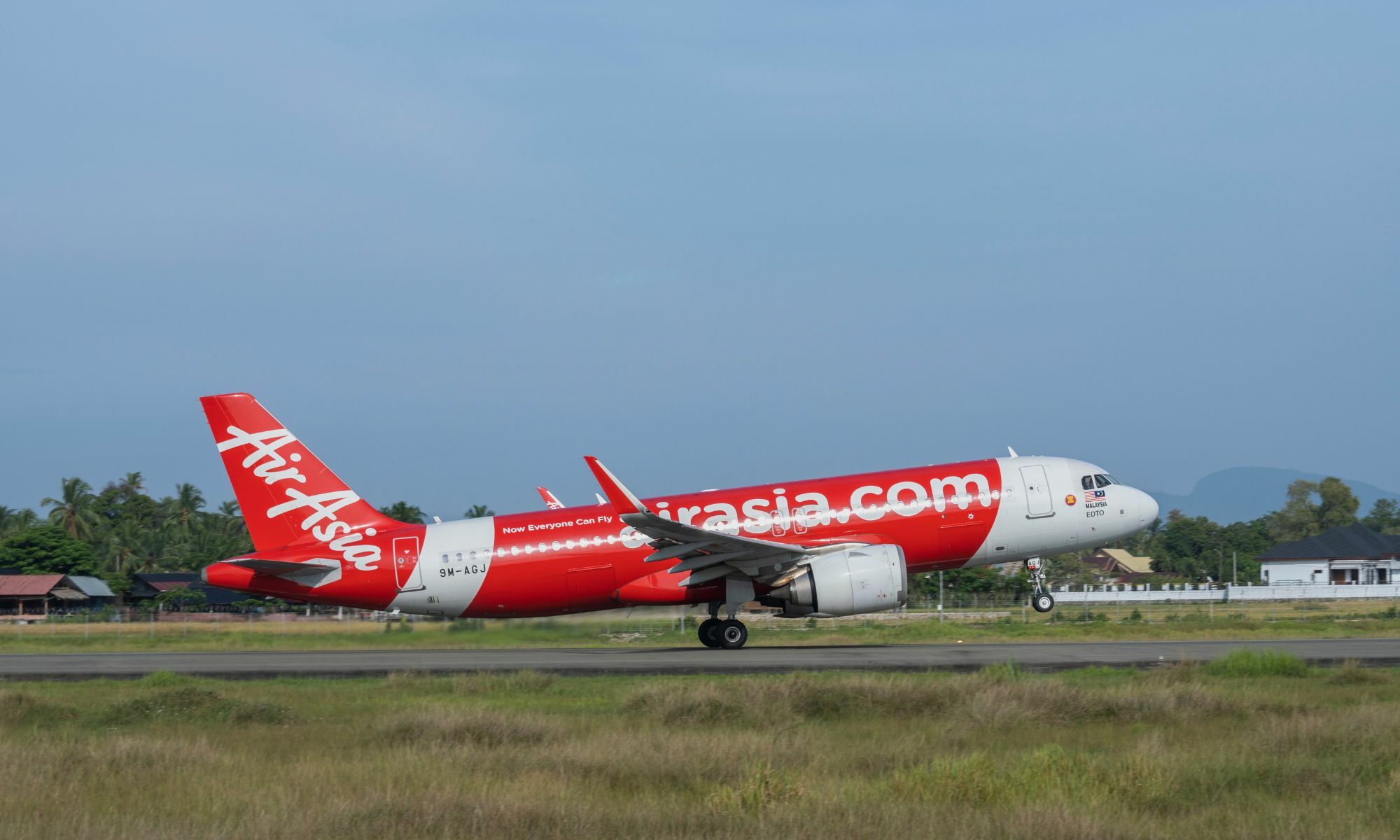Thai AirAsia targets 40% domestic market share by 2023, plans Japan expansion

Thai AirAsia, a leading low-cost airline, has set a goal to command 40% of the passenger market share domestically by the close of 2023. This comes as the airline intends to introduce two additional routes in Japan in the upcoming year.
In a revealing disclosure, Santisuk Klongchaiya, the Chief Executive of Thai AirAsia, mentioned that the airline’s market share in the first half of the current year was 37%, a noticeable increase from the 33% recorded prior to the pandemic. He attributed this growth to the impressive performance of domestic routes, with an average load factor of 94% on 32 routes leading to 21 provinces and eight cross-regional routes.
The Trade Competition Commission has been in conversation with multiple low-cost carriers in Thailand regarding airfares. Santisuk confirmed that the airline has already provided an explanation of its price structure to the regulatory body. Additionally, he pointed out that the current ticket prices are regulated by the Civil Aviation Authority of Thailand (CAAT), and Thai AirAsia has not violated any of CAAT’s pricing rules.
In the domestic market, Thai AirAsia is the exclusive operator on several routes, including Ranong, Chumphon, Loei, and Hua Hin-Chiang Mai. While current airfares are 10-20% higher than in 2019, Santisuk justified this by pointing out the discrepancy between supply and passenger demand, particularly in relation to the number of aircraft.
Thai AirAsia’s strategic plan involves a gradual increase in capacity on existing routes, rather than opting for new ones. The airline aims to have 54 jets in operation by the end of the year, a substantial increase from the 45 jets it had in the first half of the year.
Looking ahead to 2024, the airline is planning to expand its fleet to 60 jets. This includes new Airbus A321 deliveries, which offer an additional hour of flight time and have a larger seating capacity of 236, compared to the existing 180 seats on an Airbus A320.
Santisuk also revealed the airline’s plans to leverage the increasing demand for Japan by adding new routes to Okinawa and Hiroshima. This decision came after the flights to Fukuoka saw a load factor exceeding 80%.
“Next year we aim to match 2019 levels with at least 22 million passengers, up from 20 million projected for this year.”
However, the slower economic growth in China has led Santisuk to suggest that the new Thai government should contemplate waiving visa-on-arrival fees for Chinese travellers. He argued that the current rate of 2,000 baht is pricier than other countries.
Tansita Akrarittipirom, the Director of Commercial Operations at Thai AirAsia, revealed that the airline currently operates in 11 destinations across 18 routes in China and intends to add more cities later this year. Additionally, she indicated that flights in India will also be a primary focus, with the intention of adding to the existing eight routes. However, she acknowledged the challenges posed by the restricted seat allocations between Thailand and India, reports Bangkok Post.
Follow The Thaiger’s latest stories on our new Facebook page: CLICK HERE.
Latest Thailand News
Follow The Thaiger on Google News:


























